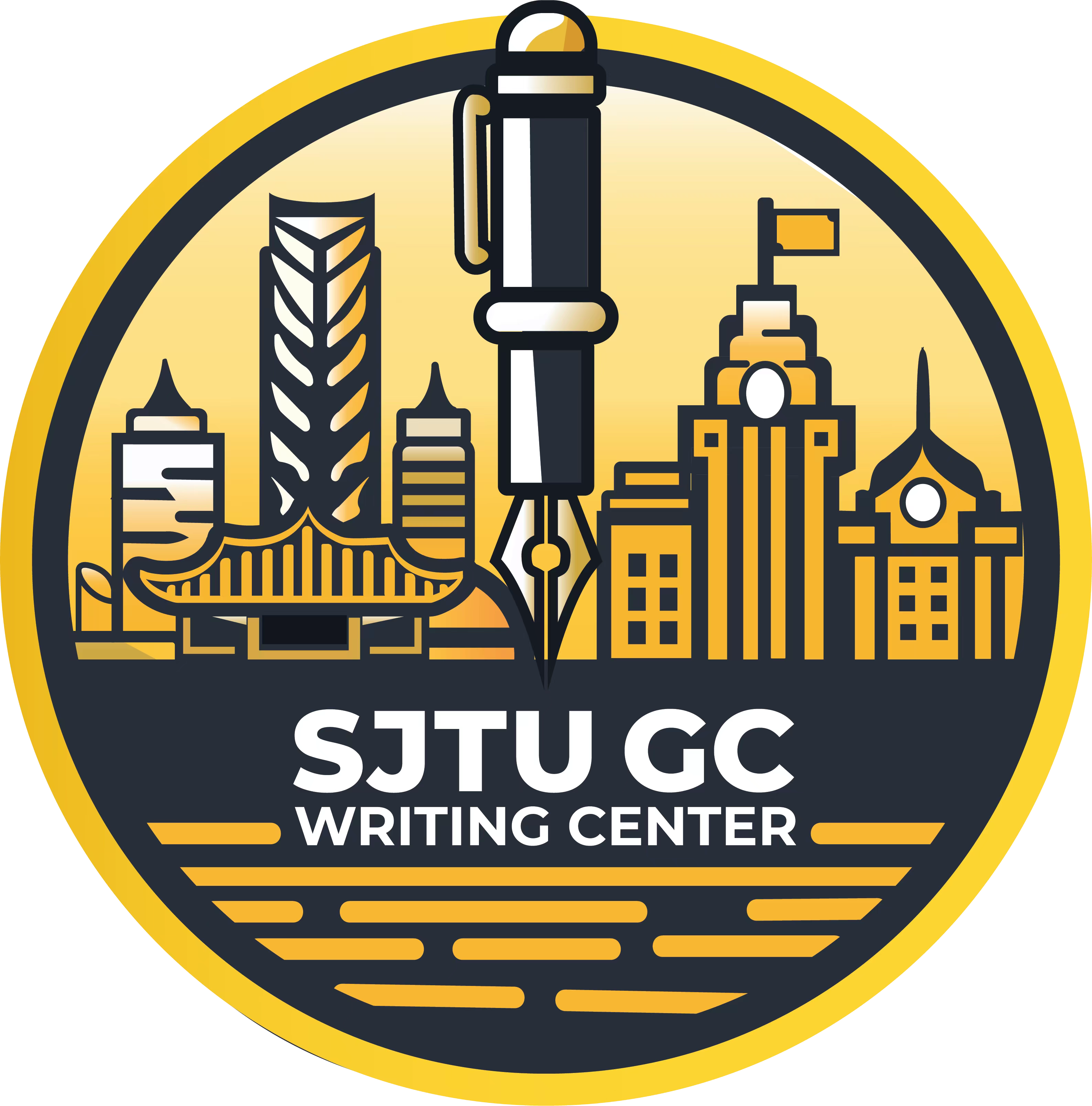Writing Effective Conclusions
Conclusions, the icing on the top of all your essays, are irreplaceable parts allowing you to go deeper and resonate with readers. However, many JI writers treat conclusions as mere summarizers of an article, failing to make a sustained impact on readers. In this article, we will take a look at the common pitfalls of writing conclusions at JI and introduce several strategies for pushing your essay to another level, transforming your conclusion into a “CLOSER” that stands out.
Common Pitfalls
- Incompleteness: JI’s fast-paced, tech-heavy academic environment pushes students to write quick. When dues are looming over the horizon, JI writers hardly have any time to produce coherent, thoughtful conclusions.
- Cultural Shock: Many Chinese students are accustomed to the convention to stay humble and indirect in their conclusions. However, such conclusions fail to impress in the English writing context, where more confident and assertive endings are expected.
- Interdisciplinary Confusions: JI students must frequenly work on essays both in the technical field, like lab reports, and in the more humanity-related realms, like in VY courses and electives. Switching styles and aligning your writing to the task’s unique expectations can be confusing.
Conclusion Strategies
In light of these pitfalls, we present the conclusion strategies taught in Ryan’s VY100 course. Whether it is a writing challenge in your lab report or final paper, mastering these strategies can guide your thought process in forming conclusions in a structured way, helping you write inspired conclusions quickly and authentically.
C – Clarify Argument
- Synthesize your arguments, do not simply repeat. One simple way is to highlight all the topic sentences in your body paragraphs, or all the key findings in your report, see how they are linked to each other, and integrate them together.
Example 1: That shocking tragedy marked the establishment of a new fixture on the American landscape: the ever-present threat of senseless, unexpected violence on campus. Though such incidents are relatively rare, the horrific toll of a few of them has prompted calls for allowing guns on college campuses (Pearson).
Example 2: Our design showed a xx% efficiency in using waste heat in motor engines to power the motor itself, aligning with our mission to enhance technology to create a more sustainable society.
L – Left Out?
- When integrating research in the paper, often you would find some information that does not fit into the flow of main points of your essay. Try to put them in your ending.
- These information should not divert your audience’s attention away from the main points but instead enhance your argument.
Example: The success of firearms enthusiasts in recent years has even led to pushes in some pockets for doing away with permits altogether. What likely is certain is that more and more measures will be introduced in the months and years to come to further expand and enhance gun ownership rights (Pearson).
O – Offer Suggestions
- After analyzing the issue thoroughly, many times you may find you have different proposals than what the experts say. Present them.
Example: But plenty of other firearms restrictions have been loosened across the country in recent years, so it wouldn’t be at all surprising to see more legislation introduced here in Oklahoma before next year’s legislative session (Pearson).
S – Signal
With some signal of transitions, you can let the readers know that your article is coming to an end. But be careful to use such signal because some teachers don’t like them.
E – Extend
In this part, you will give your readers some extra information. The extra information may stimulate your readers to think of some questions that are not mentioned in your article, which is important because in this way people will keep doing research on a certain field and dig deeper and deeper.
R – Return
Your conclusion needs a return to your introduction. The return to introduction will create a full circle of your article, it helps you to fully explain and discuss your topic and make others comprehense your article better.
Example: Obviously there would be liability issues if guns were allowed on campuses. A shootout in which it would be impossible to tell the good guys from the bad guys is not an out-of-the-questions scenario. Violence on college campuses is a frightening prospect, but it’s still a remote one. And the most informed and rational view still seems to be that guns and college students aren’t a good mix (Pearson).
Ryan’s Way
As a JI writer, you shouldn’t forget Ryan’s way when you are writing the conclusion.
According to Ryan’s way, you should ask yourself two questions:
- What is really being discussed in this essay?
- Why does this essay matter?
These questions help you better explain your motivation to write this article or what kinds of problem this article trying to solve. For example, when you are writing an article about Ted Lasso, in which you try to use discourse analysis to prove your thesis statement, like “the characters’ embodiment of politeness principles influences their interpersonal dynamics, reflecting their respective ideals of masculinity”, then in the conclusion you should explain that in this article you dig into their interpersonal relationship and find their deep desire when solving interpersonal affairs.
Also, from this example, we found that when you are talking about the importance of your topic, you will always meet with some human emotion, like love, hope, desire and so on. The emotion is a common topic and discuss it in your conclusion will help your article become more comprehensive.
Besides, you should remember that the conclusion is always about your essay topic, and you shouldn’t contradict your thesis in your conclusion.
Works Cited
Pearson, Janet. “Packin’ Textbooks and Heat.” Tulsa World. Tulsa World. 11 Oct. 2010. Web. 19 Oct. 2010.
Thorpe, Ryan. “Intro_and_Concl_Strategies.ppt”. Nov 8, 2022.
